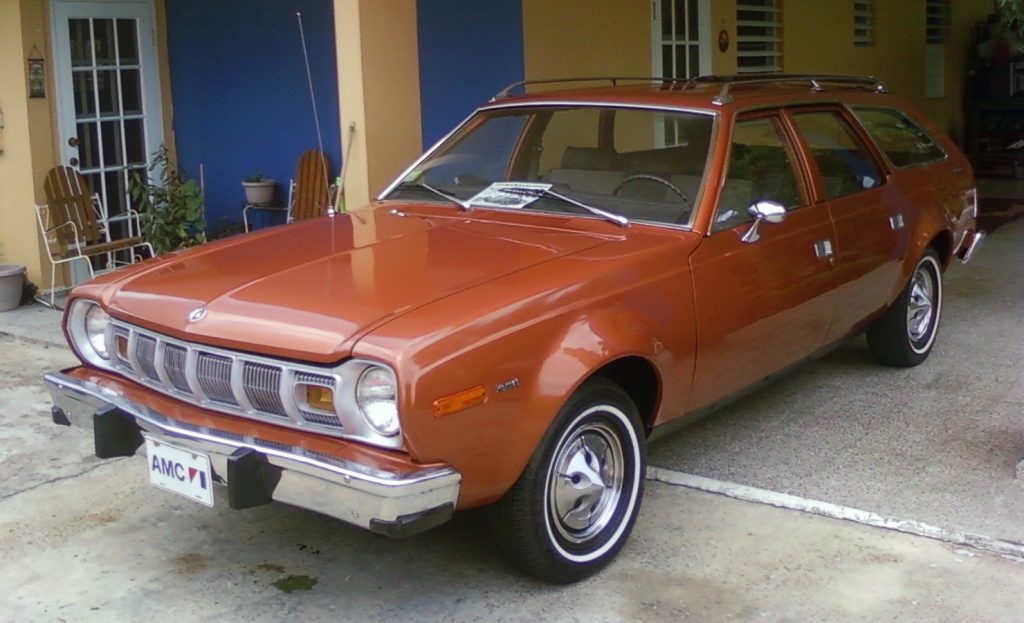

**Comparison Guide: 33-Inch Tires vs 285 Tires – Recognizing the Variations**
When it comes to enhancing your vehicle’s tires, particularly for off-road fans or those desiring improved performance, selecting the appropriate size is crucial. Two common alternatives are 33-inch tires and 285 tires. Although they might appear alike, significant differences can influence your vehicle’s performance, appearance, and utility. This guide will assist you in grasping these distinctions and making an educated choice.
**1. Size and Dimensions:**
– **33-Inch Tires:** This measurement indicates the total diameter of the tire. A 33-inch tire typically stands about 33 inches tall when mounted and inflated.
– **285 Tires:** The “285” denotes the tire’s width in millimeters. To ascertain the total diameter, both the aspect ratio and wheel size must be considered. For instance, a common size is 285/70R17, which converts to roughly 32.7 inches in diameter.
**2. Width:**
– **33-Inch Tires:** The width may differ based on the specific tire model and brand. It’s essential to review the tire specifications for the precise width.
– **285 Tires:** These tires are 285 millimeters wide, translating to about 11.22 inches. This width ensures a stable contact patch, beneficial for traction and handling.
**3. Aspect Ratio:**
– **33-Inch Tires:** The aspect ratio is not detailed in the “33-inch” indication, so it varies. It’s vital to look at the tire’s sidewall for this detail.
– **285 Tires:** The aspect ratio is the secondary number in the tire size (e.g., 70 in 285/70R17), indicating the sidewall height as a percentage of the width. A higher aspect ratio means a taller sidewall.
**4. Performance:**
– **33-Inch Tires:** These tires are often preferred for off-road applications due to their larger diameter, which can enhance ground clearance and obstacle navigation.
– **285 Tires:** Although slightly smaller in diameter, 285 tires strike a balance between on-road comfort and off-road capability, offering good traction and stability.
**5. Fitment and Compatibility:**
– **33-Inch Tires:** Might necessitate modifications such as a lift kit or fender trimming to fit certain vehicles without interference.
– **285 Tires:** Typically simpler to fit on a broader range of vehicles without significant modifications, especially if the aspect ratio and wheel size align with the vehicle’s specifications.
**6. Aesthetics:**
– **33-Inch Tires:** Present a more aggressive look, often favored by off-road enthusiasts for their rugged aesthetic.
– **285 Tires:** Render a balanced appearance that can enhance both the visual appeal and functionality of a vehicle without being excessively aggressive.
**7. Cost:**
– **33-Inch Tires:** Can be pricier due to their size and the likelihood of requiring additional modifications.
– **285 Tires:** Generally more budget-friendly and widely available, making them a popular option for those seeking an economical upgrade.
**Conclusion:**
Selecting between 33-inch tires and 285 tires hinges on your particular needs, vehicle compatibility, and intended use. If your goal is maximum off-road performance and you’re open to potential modifications, 33-inch tires could be suitable. Conversely, if you’re looking for a versatile tire that balances on-road comfort with off-road capacity, 285 tires may be the superior choice. Always consider consulting with a tire expert to guarantee the best fit for your vehicle and driving needs.






